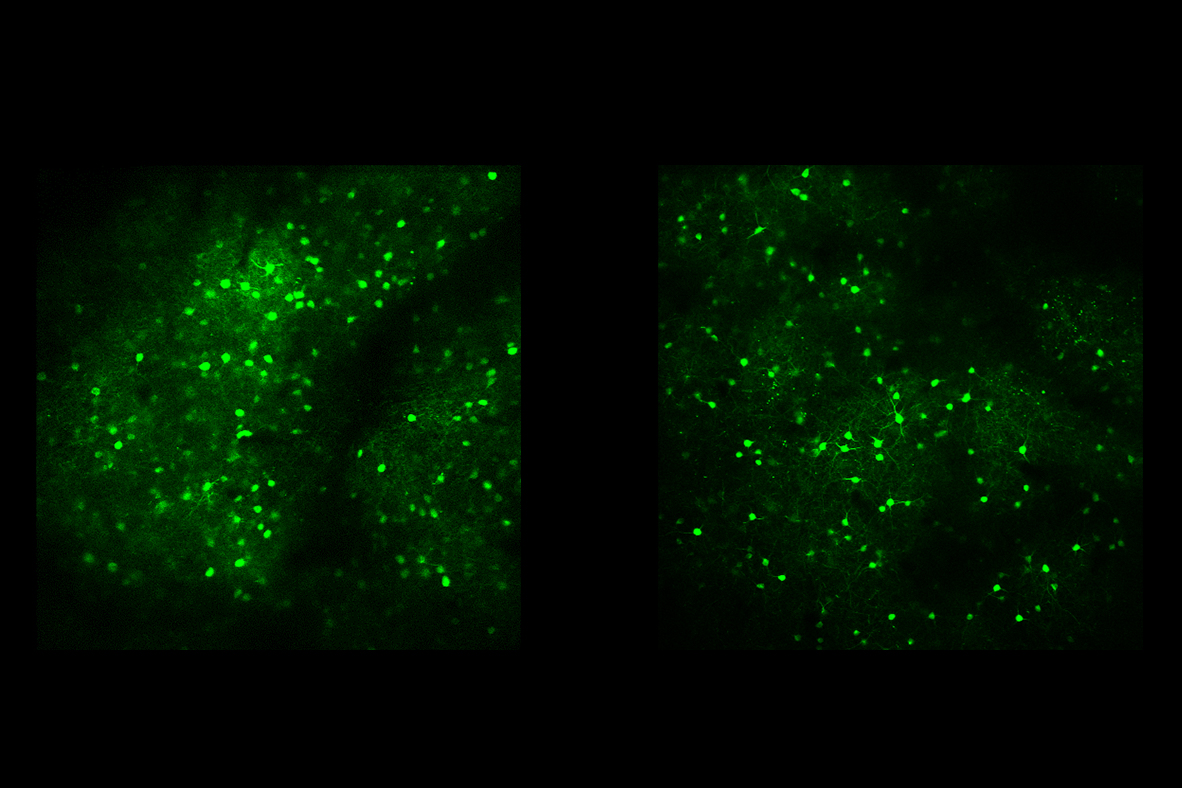
To focus on what’s new, we disregard what’s not. A new study by researchers at MIT’s Picower Institute for Learning and Memory substantially advances understanding of how a mammalian brain enables this “visual recognition memory.” Dismissing the things in a scene that have proven to be of no consequence is an essential function because it allows animals and people to quickly recognize the new things that need to be assessed, says Mark Bear, Picower Professor in the Department of Brain and Cognitive Sciences and senior author of the study in…



